If you are in the market for excavators, you will likely be overwhelmed by the range of options available. From compact to industrial size excavators, and from those with smart features to traditional manually operated models, there is certainly something for everyone. But which is right for you, and how do you go about choosing? That’s exactly what this article will aim to answer, so read on for a comprehensive guide to sourcing the right excavator.
Table of Contents
The projected growth of the excavator market
What to consider when selecting excavators
Target market for different excavator options
Final thoughts
The projected growth of the excavator market
The construction industry continues to grow globally, from a value of US $44.12 Bn in 2018 to US $63.14 Bn by 2026, driven by robust residential and infrastructure construction in the US and Asia Pacific, particularly in India and China. By comparison, Europe is expected to see slower growth as a result of increased environmental regulations and engine emission controls. This is driving a growing market in electric powered excavators, especially in the mini excavator market, but also in the 20-30 ton range.
The global excavator market is projected to grow at a compound annual growth rate (CAGR) of between 3.2% and 4.7% to 2026. The global mini excavator market makes up a large part of that growth, projecting a CAGR of 4.4% through to 2030.
What to consider when selecting excavators
For anyone in the market for excavators, the first major consideration will be the size, digging, and lifting capacity needed for projects. Major construction projects will require large machines, whereas smaller projects may be well served by mini excavators in the 1-4 ton range. However, even major projects may have a need for both smaller and larger machines, depending on the nature of the work to be done.
Other choices to consider are whether the model should be tracked or wheeled, diesel or electric, have basic or “smart” functions, and of course the cost of operation and ease of maintenance. Given that these factors are essential for choosing the right excavator, they will be evaluated in more detail below:
Large, medium, and small excavators
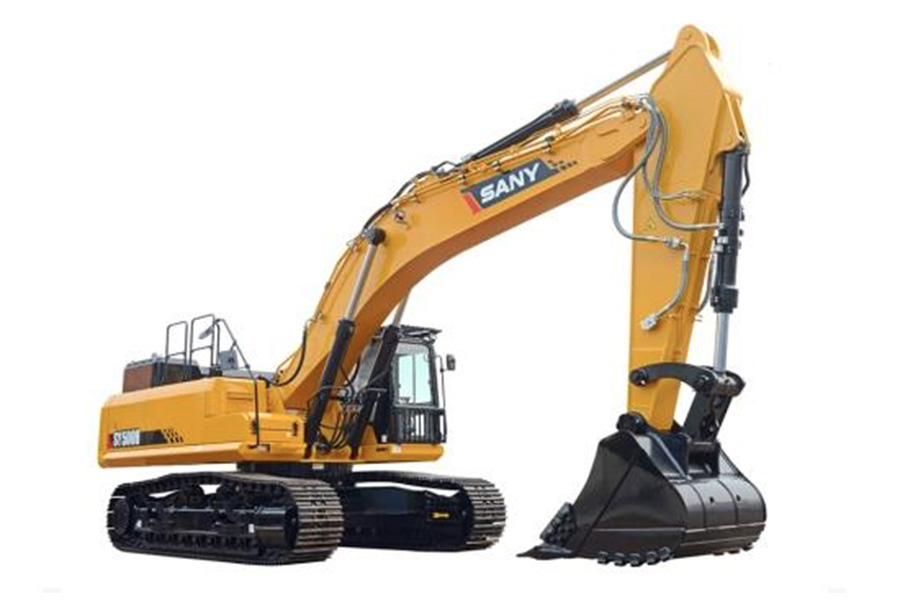
There is a wide range of excavator sizes available. Large excavators cover a tonnage range from around 25 tons to 90 tons and more. Medium-size excavators would be in the 10-ton to 25-ton range and mini or compact excavators in the 1-ton to 10-ton sizes. Also each model available comes with specifications on dig depth capability and maximum lift capacity.
It is important to understand the project scope and desired specifications, and to discuss this with the supplier and end user. Choosing an excavator that is too small for the project demands will create safety issues of overbalancing and breakage. However, choosing a machine that’s too large for requirements will not be cost effective, with unnecessary higher purchase costs and costlier operation.
Tracked or wheeled excavators
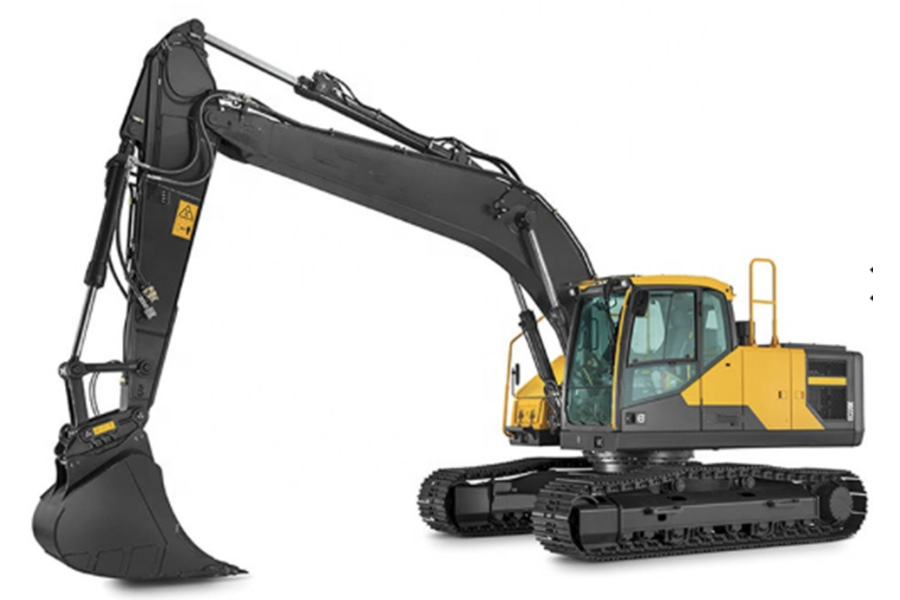
Tracked excavators, also called crawler excavators, are most commonly used due to their suitability for mixed terrain, and for their easy handling of high graded sites, muddy, uneven and mixed material ground. Their stability and 360 degree free rotation and overall performance exceeds that of wheeled excavators. Their downside is a lack of mobility between sites, and being slow and cumbersome on roads and level terrain, so they must rely on transporters and trucks to get from site to site. There are also rubber track options available to minimize road damage.

By comparison, four or eight wheeled excavators are mobile and can reach speeds of 40-50kph. They are best suited for firm, even ground and where damage to the road surface is important. They are not suitable for uneven terrain that will impact their stability and therefore site safety.
Diesel and electric options

Historically, excavators have been diesel driven as these engines are powerful, reliable, and hard working. Most of the developed world now requires that these machines conform to EPA emission standards and diesel engines are expected to be certified to Euro 5 emission levels. EPA compliant diesel excavators remain a good choice for buyers, with plenty of new and second hand machines in the market.
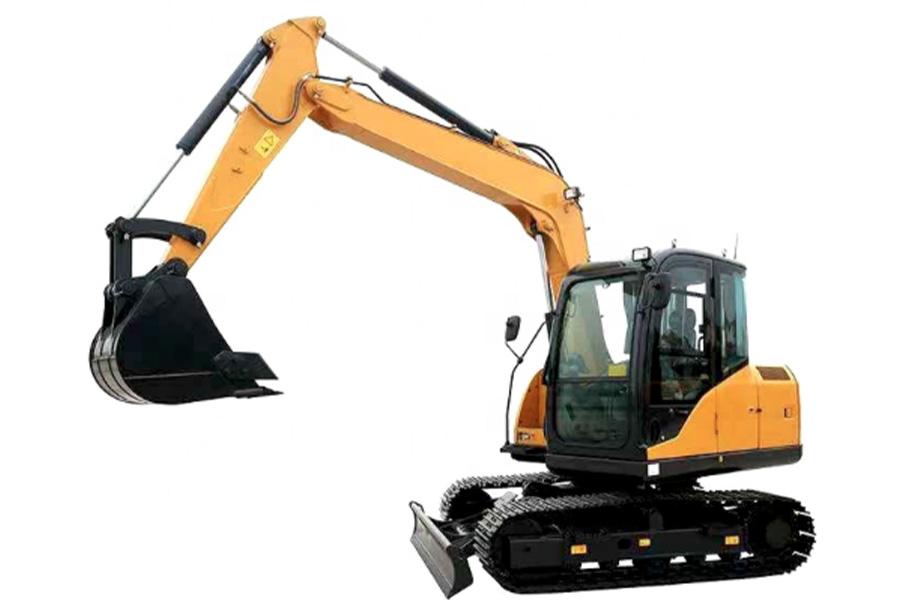
Given the increasing demand to meet emission standards, manufacturers are focusing newer machines towards electric power, and early challenges in generating and recharging sufficient battery power have been largely resolved.
The largest electric excavator was launched in 2019, a 26-ton excavator with a 300Kw battery that could last for 5-7 hours with an overnight recharge. However, aside from this larger version, the majority of electric options are in the compact 1-10 ton range. There are a number of smaller mini excavators on offer from a 1 ton size with 8Kw power, up to the 6 ton range with 43Kw power. These are able to run throughout a work day on a single charge, and recharge in less than 2 hours. Electric machines are quieter than diesel, meet all emission requirements, have less engine maintenance costs and reduced downtime.
Smart technology options
There are many technological advances hitting the excavator market that integrate GPS and GNSS technology with internet (link here to excavator trends article) connectivity to provide many semi or fuller automated options. These include accurate measuring for grade and depth as well as for real-time data collection and analysis of job performance and efficiency. These features will be found in higher-end models as optional extras although major manufacturers are including them in latest releases.
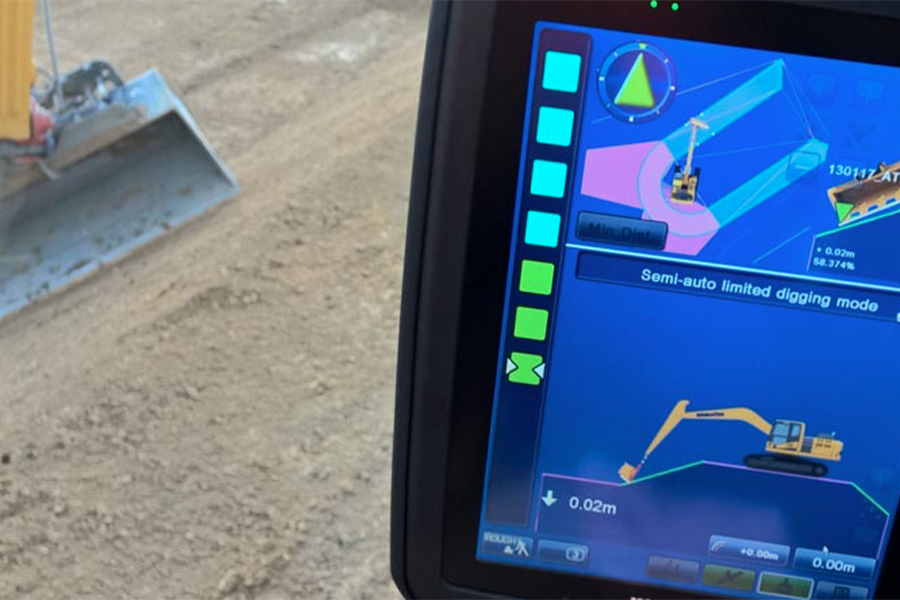
Other latest advances offer improved cab conditions, such as heating or air conditioning, better display functions and bluetooth integration. Many of the latest models will come with some of these features already included but others are offered as extras, with extra cost. When sourcing excavators, it is recommended to review the specifications for cab, display and joystick control to be clear on what is included and what is an optional extra.
Easier maintenance and predictive systems
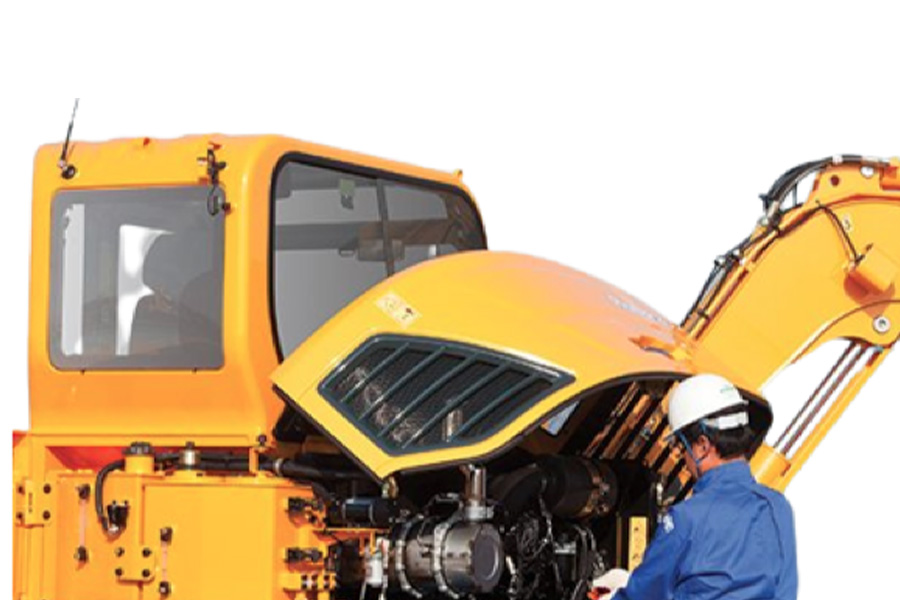
Some of the newer machines come with manufacturer installed computerized maintenance management systems (CMMSs). These systems use WiFi technology together with GPS and GNSS, to provide remote real-time data monitoring and data collection for operators and management. This allows for predictive maintenance alerts to reduce excavator downtime and maintenance costs. Although even machines without such advanced systems are including better access to filters and oil reservoirs to ease maintenance.
Target market for different excavator options
Market data projects a bounce back from a slump in excavator sales during the COVID-19 outbreak, with a global resurgence in construction overall.
Mini/compact excavators are expected to be the largest growth segment generating over US $11.43 billion in revenue by 2025 through to 2026. The larger crawler excavator market, especially in the 22-30 ton segment is expected to grow more modestly to US $21.42 billion by 2025. The Asia Pacific region is projected to lead growth for the crawler excavator market at a CAGR of 3.2% to 2026. Asia Pacific is also expected to be the largest market for mini/compact excavators through 2026, projecting global sales of over 173,600 units.
Final thoughts
Choosing an excavator or range of excavators is a decision that must be driven by the project needs and site circumstances. There are many compact excavators in the market from 1,000kg to 7-8 tons, that are available in diesel or electric, at quite low prices. These machines are a great choice for small farm or garden projects, and restricted access work on large projects, and both tracked and wheeled versions may meet the needs. But heavy lifting requires power and size, and the excavator of choice must have the specifications to meet the loads and power needed. In the larger range there are a lot of choices in both new and used models, although it’s unlikely that older machines will come with the newer smart technologies. For more information on choices of excavators, and to explore the models available on the market today, check out the Alibaba.com showroom.
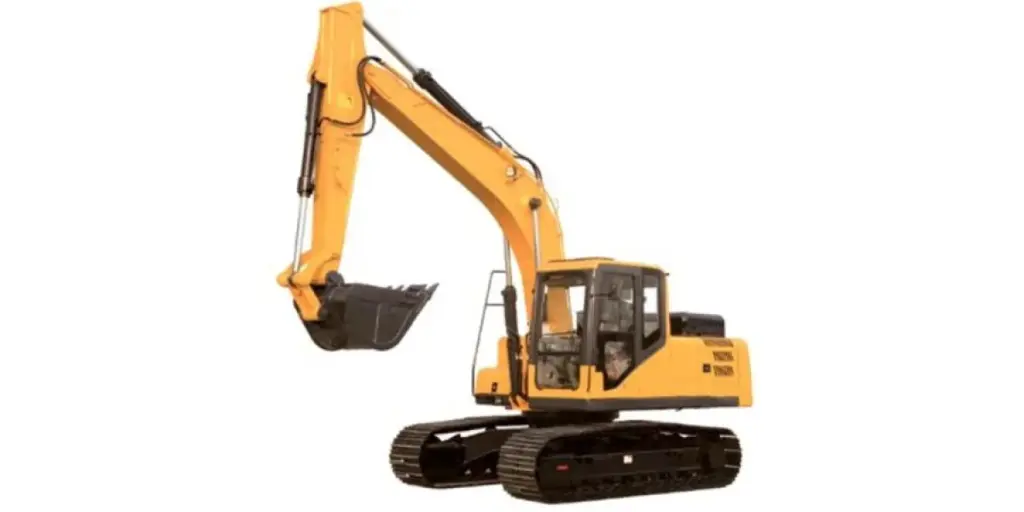
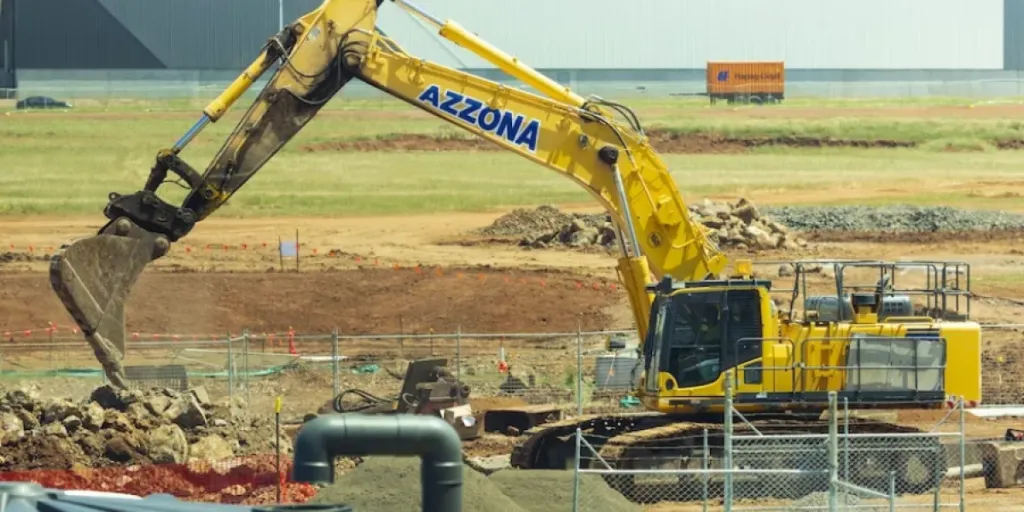


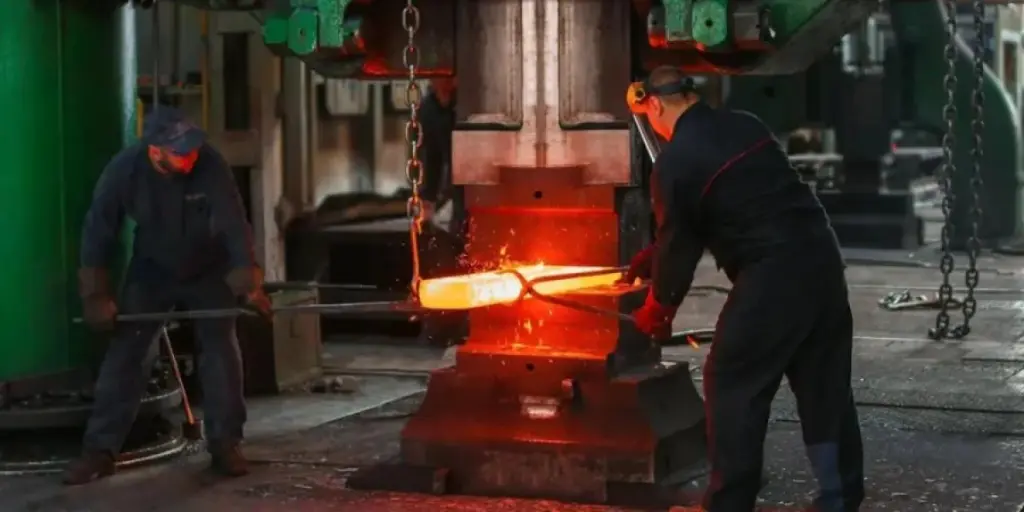
Bonjour comment allez-vous sais très bien engin j’ai besoin